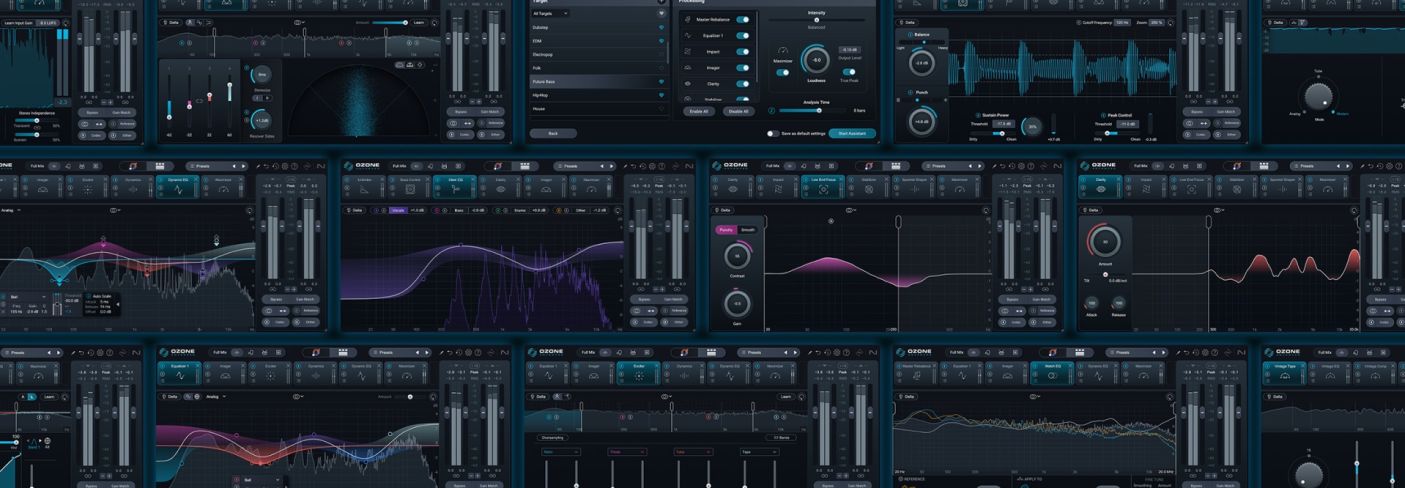
How to master a song from start to finish with Ozone
Audio mastering is the final stage of the audio production process where you polish your track and prepare it for distribution. Learn how to master a song from start to finish using the latest version of Ozone, with steps that will set you up for success.
Audio mastering is the final stage of the audio production process during which you polish your mix and prepare it for distribution. While mixing is the process of editing and sculpting the individual elements – or tracks and instruments – that comprise a mix of a song, mastering music involves making subtle corrections and enhancements to every element of a song, simultaneously.
In this article we’ll walk you through how to master a song and how you can use the latest in audio mastering software to optimize your workflow using


Ozone 12 Advanced


Tonal Balance Control 2
Mastered track
How to master a song
Mastering a song involves using tools like EQ, compression, limiting, and other specialized processors to ensure that a mix sounds loud, clear, and the best it possibly can on different types of speakers and listening environments. One of the goals of mastering is to produce music that sits alongside other professionally mastered songs on the market so that it doesn’t sound out of place when heard on the radio, TV, streaming platforms, or other mediums.
There are many approaches to mastering music, and we certainly can’t cover them all here. For that reason, we’ll focus on some of the most common steps to getting a great sound ,and how you can use the latest version of Ozone to streamline and speed up your audio mastering workflow.
1. Finish your mix
It may seem like a foregone conclusion to some, but finishing the mix and preparing it for audio mastering is the first step to set yourself up for success. The mix should sound balanced, dynamically consistent and engaging, and have enough headroom for the mastering stage. Mastering music is a subtle art. Minor changes can make or break an entire mix, so try to create a mix that already sounds the absolute best it can rather than expecting a mastering engineer to fix things later on.
Does your mix sound too narrow? Make sure you are employing panning and other stereo imaging techniques. Does the mix need to sound more cohesive? Make sure you’re using bus processing techniques to help glue things together.
Additionally, make sure you’ve used good gain staging techniques and that nothing is clipping. If you have plug-ins or channels clipping, they may introduce distortion into your mix that will get amplified during mastering. You also don’t need to use all of the available headroom on your master bus. Aim to keep your mix's maximum peak level below about -3 to -6 dBFS and keep your average level around -18 dBFS RMS (or momentary LUFS). These levels will work fine for mastering.. There are no absolutes here though, and the key takeaway is to avoid clipping, especially on the master.
You also want to ensure you’re happy with the level relationships between all the different elements of your mix before bouncing down to a stereo file. While there are some new tools in Ozone that allow you to reach inside a mix to adjust drums, vocals, bass, and other instruments individually – almost as if you were stem mastering – you won’t be able to change levels of any individual tracks without going back to the mixing stage of the audio production workflow.